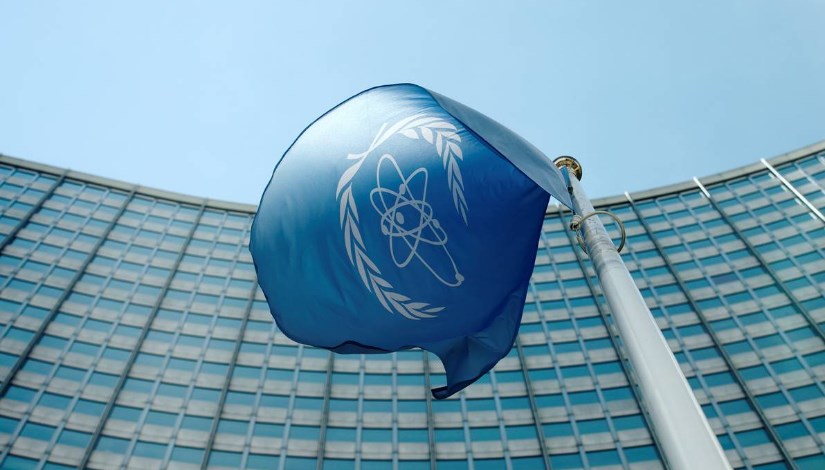IEA Warns of Significant Oil Surplus by 2025

The International Energy Agency (IEA) has issued a warning in its latest monthly report, released today, indicating that the global oil market is heading towards a severe imbalance. The agency anticipates a significant surplus of 4.09 million barrels per day in 2025, which represents about 4% of global demand and exceeds most analysts' forecasts.
This forecast is the latest alert from the agency, which advises industrialized nations, regarding an imminent wave of excess supply. In its commentary, the IEA stated, "Global oil market balances appear increasingly out of sync; global supply continues to rise while demand growth remains modest by historical standards."
The anticipated surplus comes amid a surge in global oil production. The OPEC+ group, which includes OPEC and allies such as Russia, has ramped up production since April. Additionally, key producers outside the group, including the United States and Brazil, have added more supply to the markets, heightening concerns about oversupply and putting downward pressure on prices.
Meanwhile, global demand growth remains modest. However, the IEA has raised its demand growth projections for 2025 by 70,000 barrels per day, reaching 770,000 barrels per day, driven by increased needs from petrochemical factories. The agency emphasizes that the growth rate of supply continues to outpace that of demand.
For long-term projections, the agency has increased its estimates for global oil supply growth to 3.1 million barrels per day for 2025 and 2.5 million barrels per day for 2026, marking an increase of approximately 100,000 barrels per day from previous forecasts for each year.
There is a notable discrepancy between this outlook and OPEC's projections, which, according to Reuters calculations based on its monthly report, predicts a slight surplus of no more than 20,000 barrels per day for the upcoming year.
Additionally, the agency reported that global oil production in October was approximately 6.2 million barrels per day higher than at the beginning of the year, with contributions evenly distributed between OPEC+ countries and external producers. Saudi Arabia accounted for 1.5 million barrels per day of this increase, while Russia added only 120,000 barrels per day due to sanctions and attacks in Ukraine.
The agency confirmed that Russian exports continued largely uninterrupted despite new U.S. sanctions on companies "Rosneft" and "Lukoil," which are expected to have the most significant long-term impact on oil markets.
Moreover, global oil reserves have seen a sharp increase, reaching their highest levels since July 2021 in September, approaching eight billion barrels. This rise was driven by a significant uptick in oil transported by sea and stored, which increased by approximately 80 million barrels in September alone. Preliminary data for October indicates that this upward trend in global reserves is continuing.
In immediate market reactions to this report, oil prices surged to around $63 per barrel, recovering some of the losses recorded on Wednesday, which had been about 2%.
